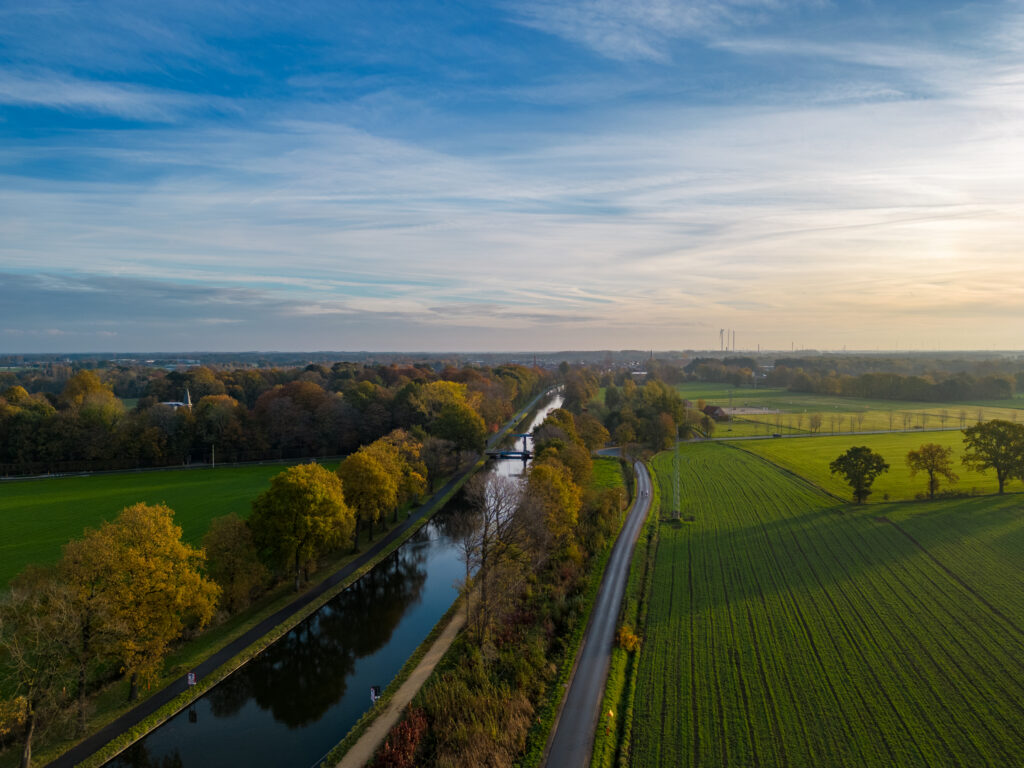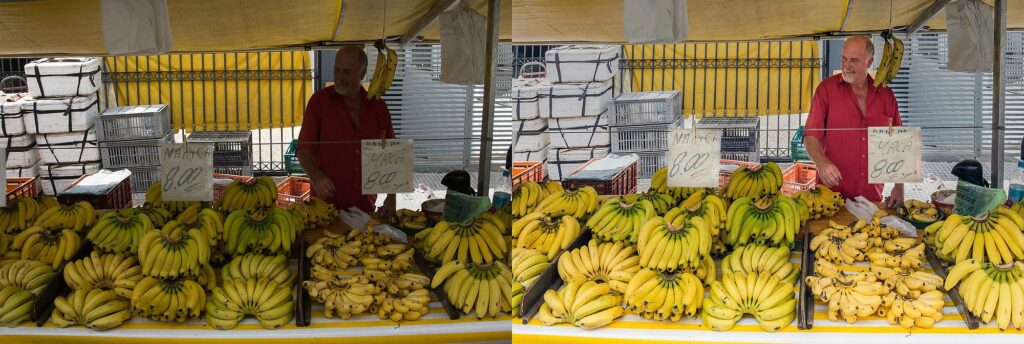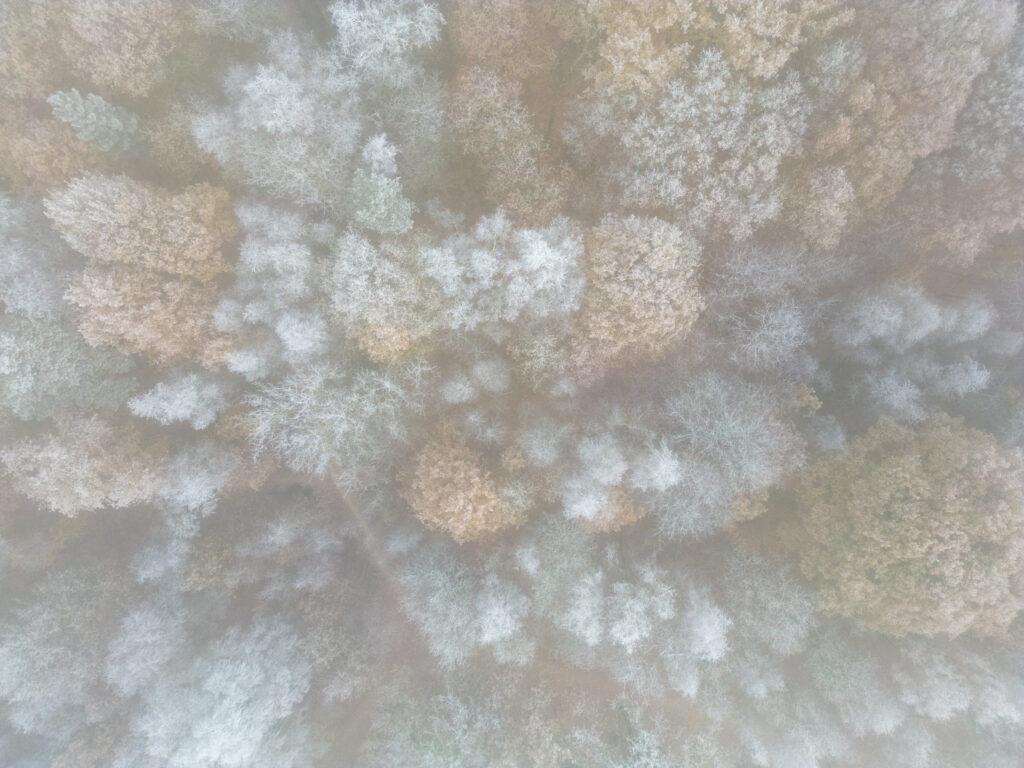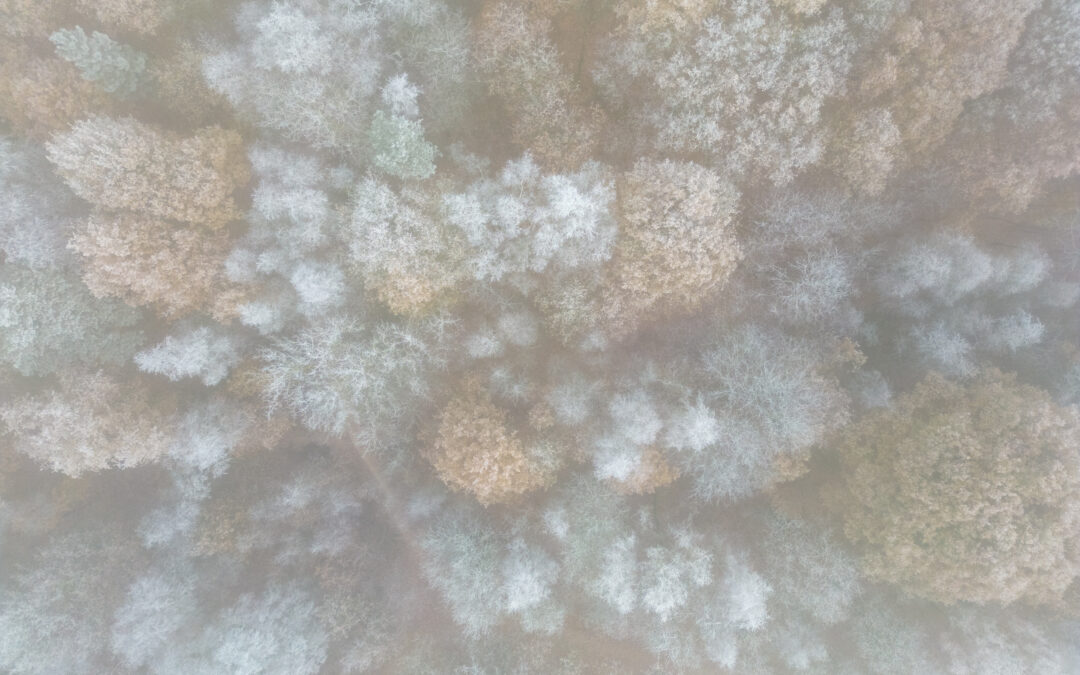Preamble
In the vast landscape of digital photography, two image formats have consistently stood out: RAW and JPEG. Both have carved their unique niches, catering to different segments of photographers. But to truly appreciate their nuances, we must journey into their technical depths, historical evolution, and practical implications.
The Pristine World of RAW
Historical Context: The inception of RAW can be traced back to the early days of digital photography. As camera technology evolved, there was a growing demand for a format that could capture the pure, unaltered data from the camera sensor. Enter RAW, the digital negative.
Technical Deep Dive: At its core, a RAW file is a direct representation of the light data captured by the camera’s sensor. Unlike other formats, it doesn’t undergo any in-camera processing, leaving all decisions about color balance, tone, and sharpness to the post-processing stage.
Practical Scenarios for RAW:
- Landscape Photography: For scenes that demand dynamic range adjustments, like sunsets or shadowy forests, RAW provides the flexibility to extract details from highlights and shadows.
- Studio Shoots: When lighting conditions are meticulously crafted, RAW allows photographers to fine-tune color temperatures and exposure in post-processing.

The Ubiquitous JPEG
Historical Context: JPEG, named after the Joint Photographic Experts Group that created it, has been a staple in digital imagery since the ’90s. Its ability to compress images without a significant perceivable loss in quality made it the de facto standard for web graphics and consumer cameras.
Technical Insights: JPEG employs a type of lossy compression, which means some data is discarded to reduce file size. This is achieved through a process that identifies and removes subtle visual details that the human eye is less likely to notice.
Practical Scenarios for JPEG:
- Event Photography: For events like weddings or parties, where rapid shooting and quick turnarounds are essential, JPEG’s smaller file sizes and immediate processing are invaluable. Even though personally, I still mostly prefer shooting in Raw + Jpeg here, allowing me to share the jpegs quickly, and still have the Raw’s available for in-depth high quality post-processing.
- Online Sharing: Given its wide acceptance and compatibility, JPEG is the preferred choice for social media, websites, and email.

The Intersection of RAW and JPEG
Modern cameras often offer a dual shooting mode, capturing both RAW and JPEG simultaneously. This approach provides immediate usability through the JPEG and the flexibility to edit with the RAW file.
Considerations for Storage: With the advent of cloud storage and affordable external drives, the larger size of RAW files has become less prohibitive. However, for photographers on extended shoots, memory card capacity remains a consideration.
Software and Editing: Tools like Adobe Lightroom and Photoshop, or Luminar AI, have democratized RAW editing, allowing even amateur photographers to harness its potential. Conversely, JPEGs, while less flexible, can be quickly edited using a plethora of available software, both desktop and mobile.

Concluding Thoughts
The RAW vs. JPEG debate isn’t a matter of absolute superiority but rather a question of suitability. It hinges on the photographer’s intent, the subject, the conditions, and the desired outcome. As technology continues to evolve, the lines between these formats may blur, but their foundational differences will remain a testament to the diverse needs of the photography community.


